NextStep: The Granddaddy of iOS
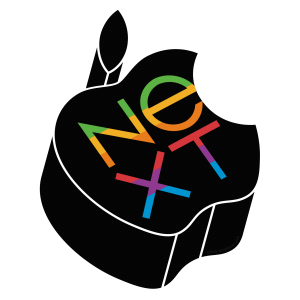 If you use any modern Apple product, you’re using a computer operating system invented in the late 1980s. Here’s the story of Steve Jobs’ NeXTSTEP operating system, and how a piece of software once deemed a “failure” now runs on a almost a billion systems worldwide.
If you use any modern Apple product, you’re using a computer operating system invented in the late 1980s. Here’s the story of Steve Jobs’ NeXTSTEP operating system, and how a piece of software once deemed a “failure” now runs on a almost a billion systems worldwide.
Steve Jobs’ Second Career
Steve Jobs was kicked out of Apple in 1985, just after his 30th birthday. He still had a lot of energy and ideas. So after a month or two of feeling sorry for himself, he started a company called NeXT. NeXT’s mission was to make high-end workstations that would make the Apple Macintosh look like a toy. Using the most powerful processors the late 1980s could provide, Jobs and his associates made a computer than was a decade ahead of its time.
The NeXTSTEP operating system used preemptive multitasking, so that one rogue application wouldn’t take down the whole computer. It used a high-resolution (grayscale) monitor that allowed for large, detailed icons. Most importantly, the NeXT OS had built-in networking capabilities, back in an age where the Internet was unknown to the general public.
The World Wide Web
NeXT’s built-in networking made it an attractive platform to a scientist named Tim Berners-Lee. He used a NeXT machine at CERN in Switzerland to code his new internet protocol, the World Wide Web. Before Berners-Lee invented the Web, the Internet was used mostly for emails and Usenet threads. But thanks to the built-in abilities of the NeXTSTEP operating system, Berners-Lee made the hyperlinked multimedia internet experience that we know and love today.
Mac OS X and iOS
NeXTSTEP earned a place in history with the World Wide Web, but for a failed operating system, its greatest success was still to come. After Steve Jobs left Apple in 1985, the company sailed on just fine for a while. But by the mid-1990s, the Macintosh operating system was showing its age. The company spent years working on a replacement operating system, called Copland. Unfortunately Copland turned out to be too ambitious for its own good.
Apple employees were so keen to add features to their new operating system that they never quite got the foundation right. Copland just didn’t work right. This left Apple so far behind its competitors that it would have to buy a new operating system or go out of business. They were so desperate in fact, that they considered a deal with Microsoft, who would provide them with a custom version of Windows skinned to look like Mac OS. Thankfully, they decided to turn to their founder, Steve Jobs. Apple bought NeXT, inheriting its CEO and OS. After a year or two of tweaking, NeXTSTEP became the basis for Mac OS X. A few years after that, Apple used the code from Mac OS X to create iOS. To this day, NeXTSTEP code runs every Mac, iPad and iPhone on the planet. Not bad for a failure.
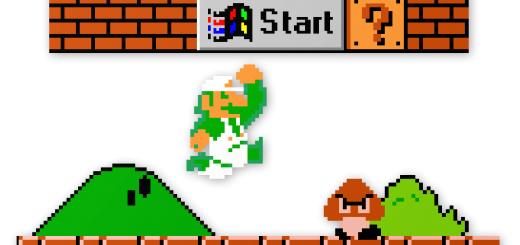
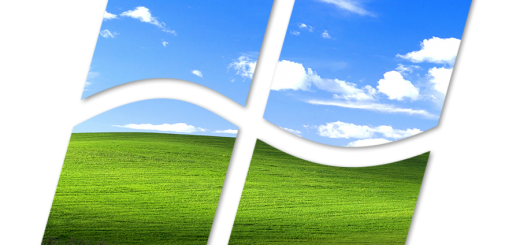
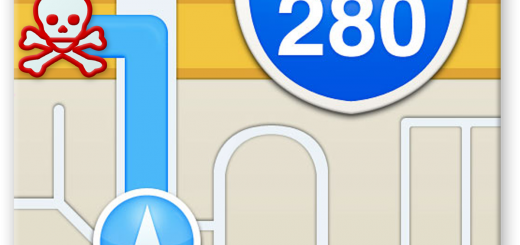
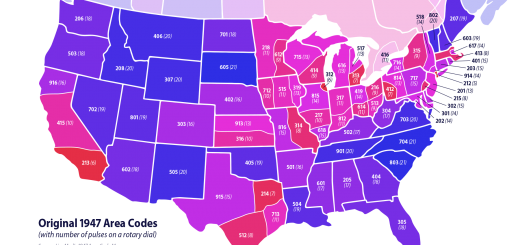
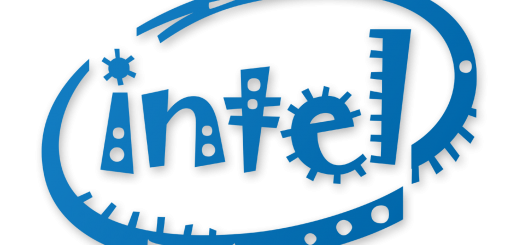
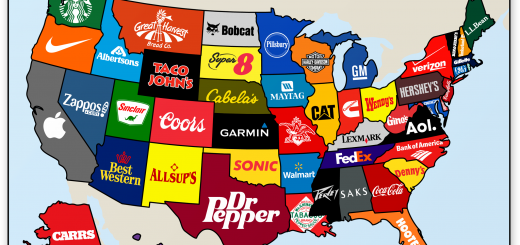
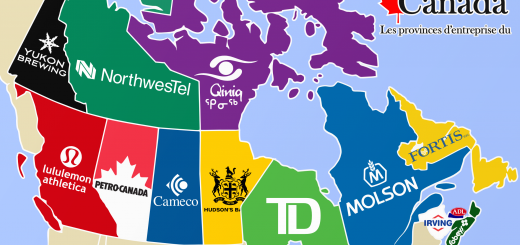
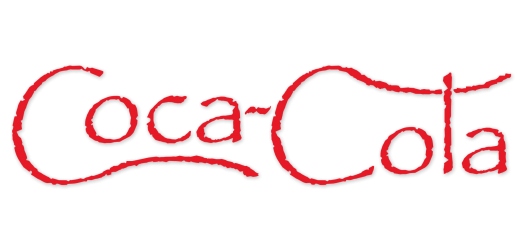
5 Responses
[…] them a ridiculously high price, so they turned to Steve Jobs’ NeXT, Inc. instead. Jobs’ NeXTstep operating system became the basis for every Mac and iOS device today, and Be became a footnote in tech […]
[…] The very first web browser, designed by Tim Berners-Lee himself, was unsurprisingly called WorldWideWeb. It ran on NeXTSTEP, […]
[…] followed Steve Jobs to NeXT, doing work for that system, before working on operating systems like Windows 3.x and OS/2. These […]
[…] Steve Jobs after he was fired from Apple. The NeXT computer was a never a mainstream success, but its technology became the basis of all modern Apple products. Apple retired the NeXT name pretty much as soon as Steve Jobs cane […]
[…] the company. Instead they went to their prodigal founder, Steve Jobs. Apple bought his company NeXT, ostensibly for the code of the NextStep operating system. But Jobs wasn’t going to sit […]